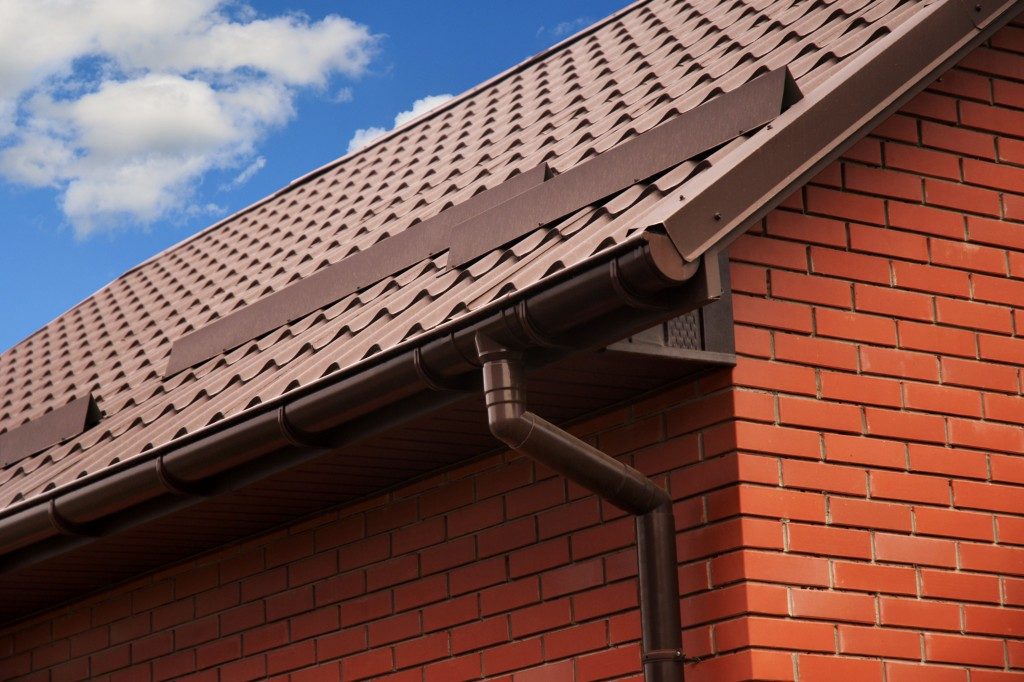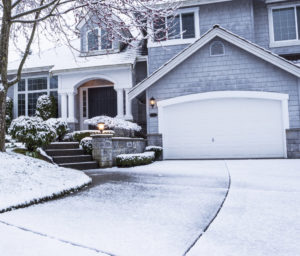Gutters are now found on virtually all properties. This is not just because of local regulations that demand their installation but also because most people now realize the part that gutters play in the water damage protection of their properties. Even so, several elements will determine the efficient gutters for your property. One of these is their design.
Seamless gutters installation is currently your best choice for optimal water damaged protection. Seamless gutters, unlike sectional ones, have one section for their entire lengths. This negates the risk of leaks and weakened parts commonly seen in sectional gutters. Once you have picked a seamless gutter, the next step should be matching it to your roof’s design. This, for most people, means matching the colors of gutters and roofs. It, however, takes more than this for the gutters you choose to work with your roofing design. Here are guidelines that will ease your matching of gutters to the roofing design.
Hip Roof
This gently slopes towards your foundation walls. All your property’s sides will sit under one side of the roof. Hip roofs will need gutters to be installed all the way around for optimal water damage protection. Though this means a high initial investment, it will be worth it provided the gutters are well-maintained.
Double Gable Roof

This has two sides that attach to a property’s center to form a ridge. The end walls in this roof design are in triangular-shaped extensions. There are several variations of double gable roofs nowadays, but they follow this basic configuration. You will often need end gutters on either side of your property in a rectangle-like shape. Though this might mean few gutters and downspouts for you to maintain, the design of the gutters might cause several drainage issues. One of the most common is the buildup of ice dams in the gutters during winter since the heat in your interiors can hardly reach their entire length. The risk of ice dams in your property can be minimized by heat tapes in winter to melt the ice.
Earth-Contact Roofs
With these roofs, 2-3 sides of your property will butt up against a foundation or cement wall. Though the roofs are close to the ground, you still need gutters for them. Fortunately, it is easy to clean these gutters since they are near the ground. This, however, also makes it easy for leaves to collect in them. As such, leaf guards are essential for gutters in earth-contact roofs.
A-Frame Roofs
These are popular in forested and elevated areas. They resemble giant gables with each side of their triangle, starting at a property’s foundation. The roof’s slopes will also act as the property’s walls. A-frame roofs will often need a set of gutters installed at the top. Downspouts directing water away from the foundation are installed on all sides of the gutters.
The ideal roofing design for a property primarily depends on the climatic conditions of an area. Matching your gutters and roofing design guarantees the former will withstand the environmental conditions of your area. The above tidbits have, fortunately, eased your decision making.



















